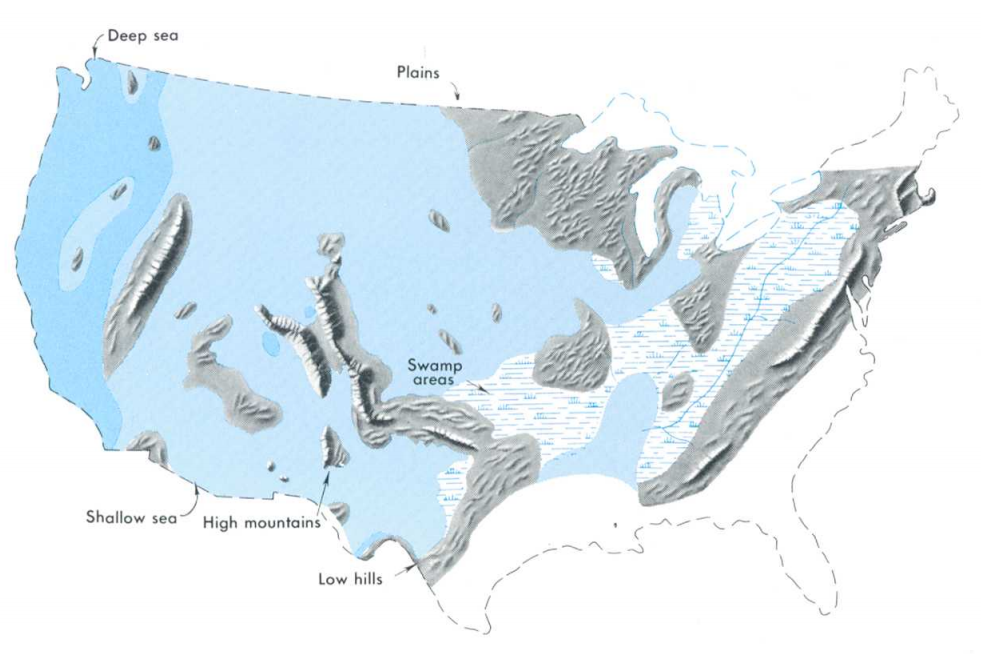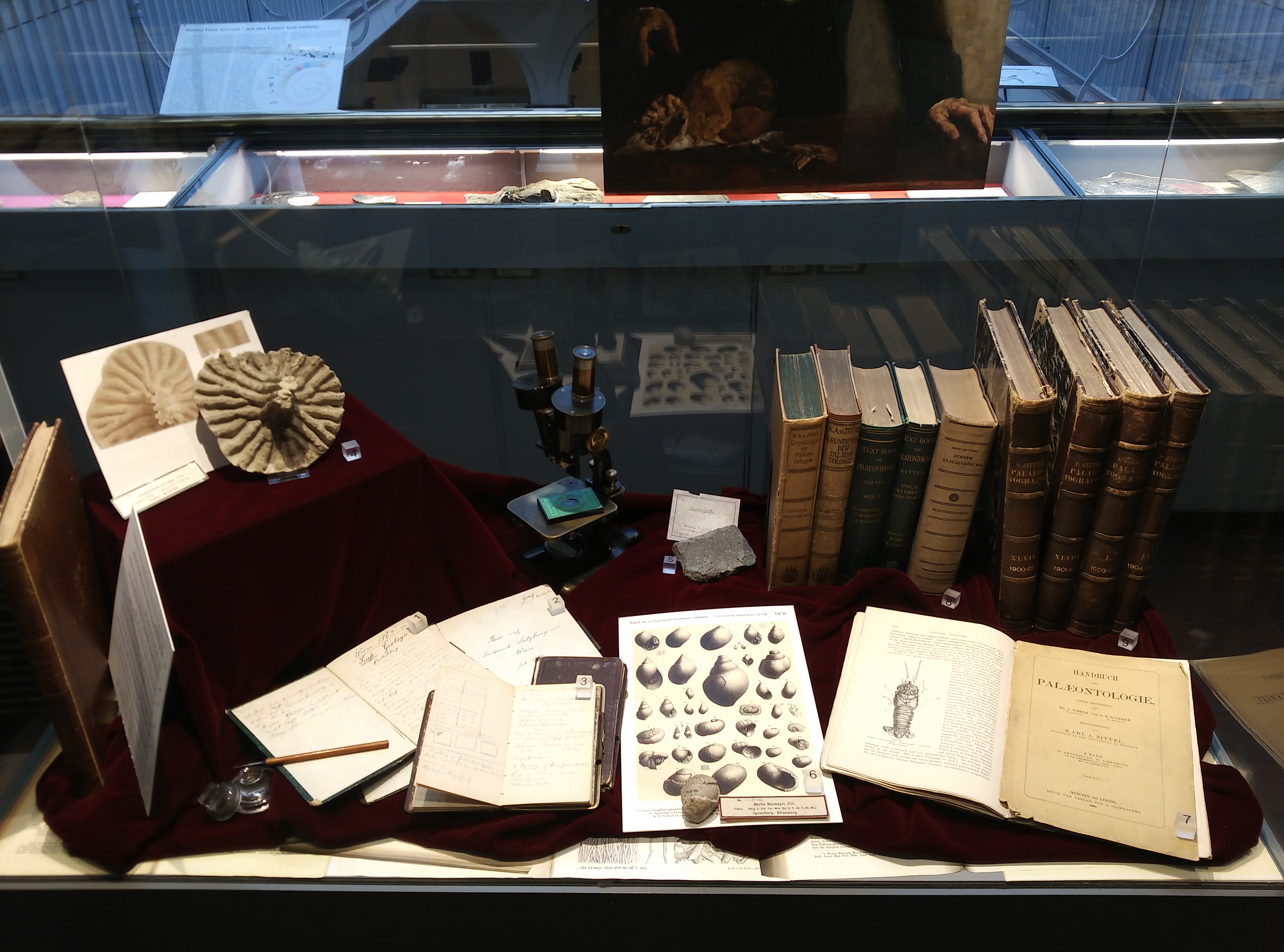|
Lethiscus
''Lethiscus'' is the earliest known representative of the Aistopoda, a group of very specialised snake-like tetrapodomorphs known from the early Carboniferous ( Mississippian). ''Lethiscus'' is known from only a single specimen from the Holkerian Stage (Middle Viséan) of the Early Carboniferous (Middle Mississippian) of Scotland, and is one of the oldest known post Devonian tetrapods. Despite its very early date, it was already a highly advanced animal. The skull is specialised and light, very like that of ''Ophiderpeton'', with the orbits, far forward, and the cheek region unossified (lacking bone). There are approximately 30 closely spaced teeth on the maxilla and dentary, and a sutural pattern of the skull closely resembles that of the Late Carboniferous aïstopod ''Oestocephalus''. There is no trace of limbs. However, unlike later members of the aïstopod lineage, the vertebrae still possess intercentra, and the pleurocentra are large. ''Lethiscus'' is the only represe ... [...More Info...] [...Related Items...] OR: [Wikipedia] [Google] [Baidu] |
Aistopoda
Aistopoda (Greek for " avingnot-visible feet") is an order of highly specialised snake-like stegocephalians known from the Carboniferous and Early Permian of Europe and North America, ranging from tiny forms only , to nearly in length. They first appear in the fossil record in the Mississippian period and continue through to the Early Permian. The skull is small but very specialised, with large orbits, and large fenestrae. The primitive form ''Ophiderpeton'' has a pattern of dermal bones in the skull similar in respects to the temnospondyls. But in the advanced genus '' Phlegethontia'' the skull is very light and open, reduced to a series of struts supporting the braincase against the lower jaw, just as in snakes, and it is possible that the aistopods filled the same ecological niches in the Paleozoic that snakes do today. They had an extremely elongated body, with up to 230 vertebrae. The vertebrae were holospondylous, having only a single ossification per segment. They l ... [...More Info...] [...Related Items...] OR: [Wikipedia] [Google] [Baidu] |
Lepospondyli
Lepospondyli is a diverse clade of early tetrapods. With the exception of one late-surviving lepospondyl from the Late Permian of Morocco ('' Diplocaulus minimus''), lepospondyls lived from the Visean stage of the Early Carboniferous to the Early Permian and were geographically restricted to what is now Europe and North America. Five major groups of lepospondyls are known: Adelospondyli; Aïstopoda; Lysorophia; Microsauria; and Nectridea. Lepospondyls have a diverse range of body forms and include species with newt-like, eel- or snake-like, and lizard-like forms. Various species were aquatic, semiaquatic, or terrestrial. None were large (the biggest genus, the diplocaulid '' Diplocaulus'', reached a meter in length, but most were much smaller), and they are assumed to have lived in specialized ecological niches not taken by the more numerous temnospondyl amphibians that coexisted with them in the Paleozoic. Lepospondyli was named in 1888 by Karl Alfred von Zittel, who coi ... [...More Info...] [...Related Items...] OR: [Wikipedia] [Google] [Baidu] |
Ophiderpeton
''Ophiderpeton'' (from , 'snake' and 'creeper') is an extinct genus of aistopod tetrapodomorphs from the early Carboniferous to the early Permian. Remains of this genus are widespread and were found in Ohio, United States, Ireland, and the Czech Republic (Central Europe). Like other aistopods, ''Ophiderpeton'' was snake-like, without any trace of limbs. Its body was about long, with 230 vertebrae. The skull measured , and large, forward-facing eyes, suggesting a hunting lifestyle. It probably lived in burrows, feeding on insects, worms, millipedes, and snails. Many species are classified in the genus, and similar animals, '' Phlegethontia'' and '' Sillerpeton'', are known. An earlier genus, '' Lethiscus'', is known from the Carboniferous and Early Permian The Permian ( ) is a geologic period and System (stratigraphy), stratigraphic system which spans 47 million years, from the end of the Carboniferous Period million years ago (Mya), to the beginning of the Triassic Perio ... [...More Info...] [...Related Items...] OR: [Wikipedia] [Google] [Baidu] |
Carboniferous
The Carboniferous ( ) is a Geologic time scale, geologic period and System (stratigraphy), system of the Paleozoic era (geology), era that spans 60 million years, from the end of the Devonian Period Ma (million years ago) to the beginning of the Permian Period, Ma. It is the fifth and penultimate period of the Paleozoic era and the fifth period of the Phanerozoic eon (geology), eon. In North America, the Carboniferous is often treated as two separate geological periods, the earlier Mississippian (geology), Mississippian and the later Pennsylvanian (geology), Pennsylvanian. The name ''Carboniferous'' means "coal-bearing", from the Latin ("coal") and ("bear, carry"), and refers to the many coal beds formed globally during that time. The first of the modern "system" names, it was coined by geologists William Conybeare (geologist), William Conybeare and William Phillips (geologist), William Phillips in 1822, based on a study of the British rock succession. Carboniferous is the per ... [...More Info...] [...Related Items...] OR: [Wikipedia] [Google] [Baidu] |
Pennsylvanian (geology)
The Pennsylvanian ( , also known as Upper Carboniferous or Late Carboniferous) is, on the International Commission on Stratigraphy, ICS geologic timescale, the younger of two period (geology), subperiods of the Carboniferous Period (or the upper of two system (stratigraphy), subsystems of the Carboniferous System). It lasted from roughly . As with most other geochronology, geochronologic units, the stratum, rock beds that define the Pennsylvanian are well identified, but the exact date of the start and end are uncertain by a few hundred thousand years. The Pennsylvanian is named after the U.S. state of Pennsylvania, where the coal Bed (geology), beds of this age are widespread. The division between Pennsylvanian and Mississippian (geology), Mississippian comes from North American stratigraphy. In North America, where the early Carboniferous beds are primarily marine limestones, the Pennsylvanian was in the past treated as a full-fledged geologic period between the Mississippian ... [...More Info...] [...Related Items...] OR: [Wikipedia] [Google] [Baidu] |
Palaeontology (journal)
''Palaeontology'' is one of the two scientific journals of the Palaeontological Association (the other being '' Papers in Palaeontology''). It was established in 1957 and is published on behalf of the Association by Wiley-Blackwell. The editor-in-chief is Dr Paul Taylor (Natural History Museum, London). ''Palaeontology'' publishes articles on a range of palaeontological topics, including taphonomy, functional morphology, systematics, palaeo-environmental reconstruction and biostratigraphy. According to the ''Journal Citation Reports'', the journal has a 2021 impact factor The impact factor (IF) or journal impact factor (JIF) of an academic journal is a type of journal ranking. Journals with higher impact factor values are considered more prestigious or important within their field. The Impact Factor of a journa ... of 3.547, ranking it 3rd out of 54 journals in the category "Paleontology". References External links * Paleontology journals Academic journals establi ... [...More Info...] [...Related Items...] OR: [Wikipedia] [Google] [Baidu] |
Robert L
The name Robert is an ancient Germanic given name, from Proto-Germanic "fame" and "bright" (''Hrōþiberhtaz''). Compare Old Dutch ''Robrecht'' and Old High German ''Hrodebert'' (a compound of '' Hruod'' () "fame, glory, honour, praise, renown, godlike" and ''berht'' "bright, light, shining"). It is the second most frequently used given name of ancient Germanic origin.Reaney & Wilson, 1997. ''Dictionary of English Surnames''. Oxford University Press. It is also in use as a surname. Another commonly used form of the name is Rupert. After becoming widely used in Continental Europe, the name entered England in its Old French form ''Robert'', where an Old English cognate form (''Hrēodbēorht'', ''Hrodberht'', ''Hrēodbēorð'', ''Hrœdbœrð'', ''Hrœdberð'', ''Hrōðberχtŕ'') had existed before the Norman Conquest. The feminine version is Roberta. The Italian, Portuguese, and Spanish form is Roberto. Robert is also a common name in many Germanic languages, including En ... [...More Info...] [...Related Items...] OR: [Wikipedia] [Google] [Baidu] |
Vertebra
Each vertebra (: vertebrae) is an irregular bone with a complex structure composed of bone and some hyaline cartilage, that make up the vertebral column or spine, of vertebrates. The proportions of the vertebrae differ according to their spinal segment and the particular species. The basic configuration of a vertebra varies; the vertebral body (also ''centrum'') is of bone and bears the load of the vertebral column. The upper and lower surfaces of the vertebra body give attachment to the intervertebral discs. The posterior part of a vertebra forms a vertebral arch, in eleven parts, consisting of two pedicles (pedicle of vertebral arch), two laminae, and seven processes. The laminae give attachment to the ligamenta flava (ligaments of the spine). There are vertebral notches formed from the shape of the pedicles, which form the intervertebral foramina when the vertebrae articulate. These foramina are the entry and exit conduits for the spinal nerves. The body of the vertebr ... [...More Info...] [...Related Items...] OR: [Wikipedia] [Google] [Baidu] |
Oestocephalus
''Oestocephalus'' is an extinct genus of Aïstopoda, aïstopod tetrapodomorphs that lived during the Carboniferous period. Fossils have been found in the Czech Republic, and in Ohio and Illinois in the United States. It is the type genus of the family (biology), family Oestocephalidae, although it used to be assigned to the family Ophiderpetontidae, which is now considered paraphyletic.Anderson, J. S. (2003). Cranial anatomy of ''Coloraderpeton brilli'', postcranial anatomy of ''Oestocephalus amphiuminus'', and reconsideration of Ophiderpentontidae (Tetrapoda: Lepospondyli: Aistopoda). ''Journal of Vertebrate Paleontology'' 23(3):532-543. It was named by Edward Drinker Cope in 1868 and now contains two species, ''O. amphiuminus'' and ''O. nanum''. See also References Aistopoda Pennsylvanian sarcopterygians of North America Pennsylvanian sarcopterygians of Europe Taxa named by Edward Drinker Cope Fossil taxa described in 1868 {{paleo-tetrapodomorph-stub ... [...More Info...] [...Related Items...] OR: [Wikipedia] [Google] [Baidu] |
Maxilla
In vertebrates, the maxilla (: maxillae ) is the upper fixed (not fixed in Neopterygii) bone of the jaw formed from the fusion of two maxillary bones. In humans, the upper jaw includes the hard palate in the front of the mouth. The two maxillary bones are fused at the intermaxillary suture, forming the anterior nasal spine. This is similar to the mandible (lower jaw), which is also a fusion of two mandibular bones at the mandibular symphysis. The mandible is the movable part of the jaw. Anatomy Structure The maxilla is a paired bone - the two maxillae unite with each other at the intermaxillary suture. The maxilla consists of: * The body of the maxilla: pyramid-shaped; has an orbital, a nasal, an infratemporal, and a facial surface; contains the maxillary sinus. * Four processes: ** the zygomatic process ** the frontal process ** the alveolar process ** the palatine process It has three surfaces: * the anterior, posterior, medial Features of the maxilla include: * t ... [...More Info...] [...Related Items...] OR: [Wikipedia] [Google] [Baidu] |




